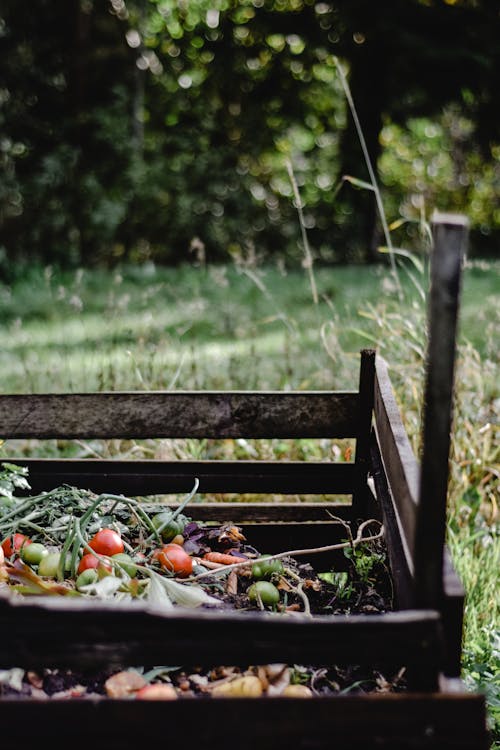How to Start a Home Composting System: A Beginner’s Guide
With growing concerns about sustainability and waste reduction, home composting is becoming a popular way to reduce food waste and nourish gardens. If you’re a beginner, starting a composting system at home might seem intimidating, but it’s simpler than you think. This guide will teach you the basics of composting, what materials you need, and how to maintain a successful compost pile. Let’s dive into the world of composting!
What is Composting?
Composting is the natural process of recycling organic matter, such as food scraps and yard waste, into a valuable soil amendment. The resulting product, called compost, is rich in nutrients and can be used to enrich soil in gardens, lawns, and houseplants.
Why Should You Start Composting?
- Reduces Waste: A significant portion of household waste consists of organic material. Composting reduces the amount sent to landfills.
- Nutrient-Rich Soil: Compost adds essential nutrients to the soil, making your plants healthier and more productive.
- Environmentally Friendly: Composting lowers greenhouse gas emissions by reducing the amount of methane produced in landfills.
Materials You’ll Need for Home Composting
Starting a home compost system doesn’t require fancy equipment. You can begin with a few basic materials:
- Compost Bin: While some prefer open piles, others use enclosed compost bins to keep things neat and contained.
- Brown and Green Materials: Compost requires a mix of ‘browns’ and ‘greens’:
- Browns: Dried leaves, cardboard, paper, straw.
- Greens: Fruit scraps, vegetable peels, coffee grounds, grass clippings.
- Water: Compost piles need moisture to break down materials effectively.
- Shovel or Pitchfork: These tools help turn the compost and aerate the pile.
Step-by-Step Guide to Starting Your Compost System
1. Choose the Right Spot
Find a dry, shady spot near a water source for your compost pile or bin. A convenient location will encourage you to add to it regularly and maintain it easily.
2. Set Up Your Bin or Pile
If you’re using a compost bin, ensure it has proper ventilation to allow airflow. For a compost pile, make sure it’s at least 3 feet by 3 feet to allow efficient decomposition.
3. Start Layering
Begin by adding a layer of browns, such as dried leaves or shredded paper. Follow this with a layer of greens, like vegetable scraps or grass clippings. Alternate between these layers, keeping in mind that browns provide carbon while greens provide nitrogen, both essential for the composting process.
4. Add Water
Keep the compost moist, but not soaked. It should feel like a damp sponge. Water helps activate the microorganisms responsible for breaking down organic matter.
5. Turn the Pile
Aerating the compost pile is crucial for proper decomposition. Use a pitchfork or shovel to turn the pile every week or so. This process helps oxygen circulate, preventing the compost from becoming anaerobic (which can lead to unpleasant smells).
6. Wait and Monitor
Composting is a slow process, typically taking a few months to a year, depending on the size of the pile and the materials used. Continue adding materials and turning the pile as needed. Keep an eye on moisture levels, and if the pile is too dry, add water. If it’s too wet, add more browns to balance it out.
What Can You Compost?
A successful compost pile relies on adding the right materials. Here’s what you can and cannot compost:
Compostable Materials:
- Fruit and vegetable scraps
- Coffee grounds and filters
- Eggshells
- Grass clippings
- Dried leaves
- Shredded newspaper and cardboard
Materials to Avoid:
- Meat, fish, and dairy products (attract pests)
- Fats, oils, and grease
- Diseased plants
- Pet waste
- Invasive weeds
How to Maintain a Successful Compost Pile
Maintaining your compost pile involves monitoring the balance of brown and green materials, keeping the pile moist but not waterlogged, and ensuring that it gets enough air through regular turning. Additionally, keep an eye out for any pests like rodents or flies. To prevent pest problems, avoid adding meat or dairy to your compost pile and keep it covered.
After a few months, your compost will begin to resemble rich, dark soil with an earthy smell. Once it reaches this stage, you can sift it to remove any large chunks that haven’t broken down yet, then use it in your garden to enrich your plants and soil.
Final Thoughts on Home Composting
Starting a home composting system is a rewarding way to reduce waste, help the environment, and produce nutrient-rich compost for your plants. With a bit of effort, you’ll have a thriving compost pile that benefits your garden and the planet. So, roll up your sleeves and start composting today—your garden will thank you!
By understanding the basics, using the right materials, and maintaining your compost system regularly, you’ll be well on your way to successful composting!







No responses yet